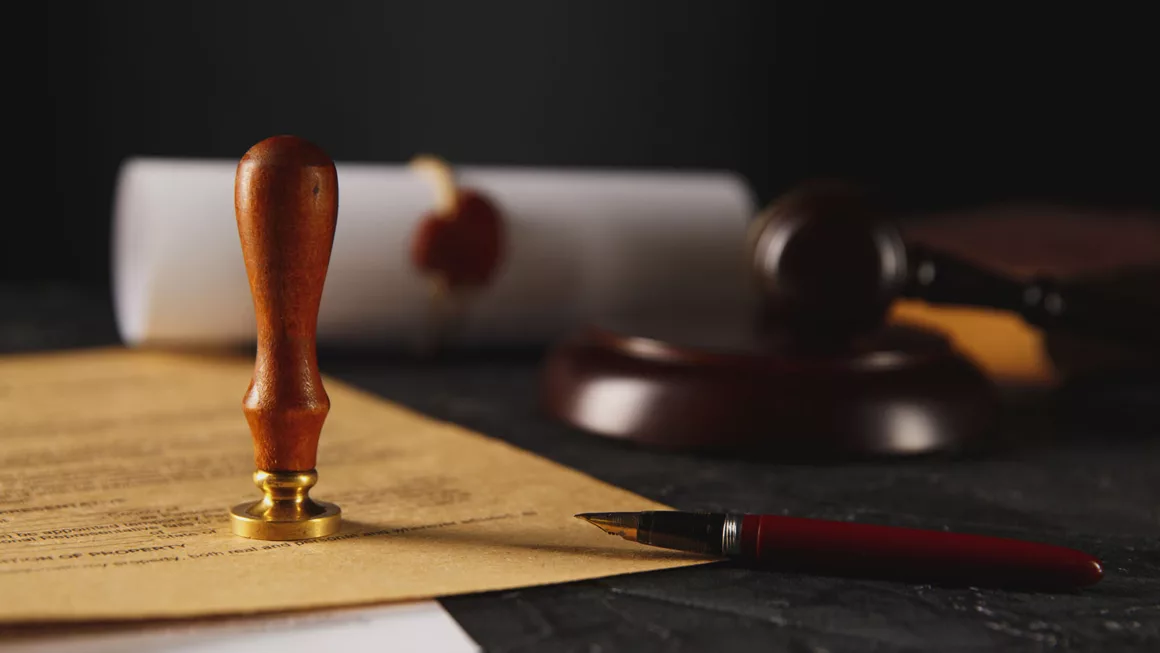165 years on to this day (12th January 2023)
Are you a solicitor with a case requiring probate? Then you’ve come to the right place.
When a person dies, everything they own will be on their estate. That could be in the form of either:
- Money
- Properties (home, commercial buildings, etc.)
- Cash owed by other people
- Personal possessions (jewellery, vehicles)
Any outstanding debts will come from their estate.
A person who deals with matters of an estate is called an administrator or executor. A will usually names the executor. However, if the person died without leaving a will, beneficiaries can apply to appoint one.
It’s unlawful for them to share the deceased’s estate among the beneficiaries until they acquire probate.
What Is Probate?
A probate, also known as a grant of representation, gives an executor the legal right to deal with the estate of a person who has passed away. That means putting it on the market or sharing it.
Now, the law mandates that the civil government should handle all estate settlements in England and Wales for any deaths after 1858.
But why 1858?
There’s an entire history behind the year.
Read on to find out all about it.
Brief History of the Principal Probate Registry (PPR)
Before 1858, church courts handled wills. They had hierarchies, and they were as follows:
- Diocese – for administration purposes and had two or more Archdeaconries
- Consistory or Commissary Court – for land owned in more than one Archdeaconries
- The Prerogative Court – for property or land held in over one diocese
- The Peculiar Court – properties within a parish or several parishes
During this period, tracking down wills was challenging. For starters, there was a hierarchy of courts, and approvals depended on where testators lived.
In addition, records maintenance was poor.
On 12th January 1858, the civil government took charge of estate settlements under the principal probate registry — a single national court covering England and Wales.
Its sole purpose is to give letters of administration, also known as admons, and to prove wills.
The current system comprises one principal office in Central London, 18 sub-district registries and 11 district registry offices across England and Wales genealogies.
Once the district registries prove the wills and admons, copies are sent to the London registry and stored in annual calendars.
Between 1858 and 1870, wills and admons had separate indexes. However, nowadays, a single national court centrally keeps the records using a yearly index. This makes searching so much easier.
However, note that the process can be complicated, as there are strict rules to follow.
How We Can Help You
An administrator must handle the probate process correctly.
Blanchards Inheritance is here to make the process easier for you by taking up all the administrative work. We have years of experience in this sector; hence, we can accurately evaluate a property and put it up for sale or auction.
In addition, we can handle the entire property management until the sale process is complete.
If you have any questions regarding our service, you can either phone us on 01843 808045, stop by our office (34 The Oaks, Invicta Way, Ramsgate, Kent, CT12 5FN) or fill in our contact us form online, and someone from our team will get back to you ASAP.
Looking for related information? Please visit our blogs.
 Callum Emmerson
Callum Emmerson